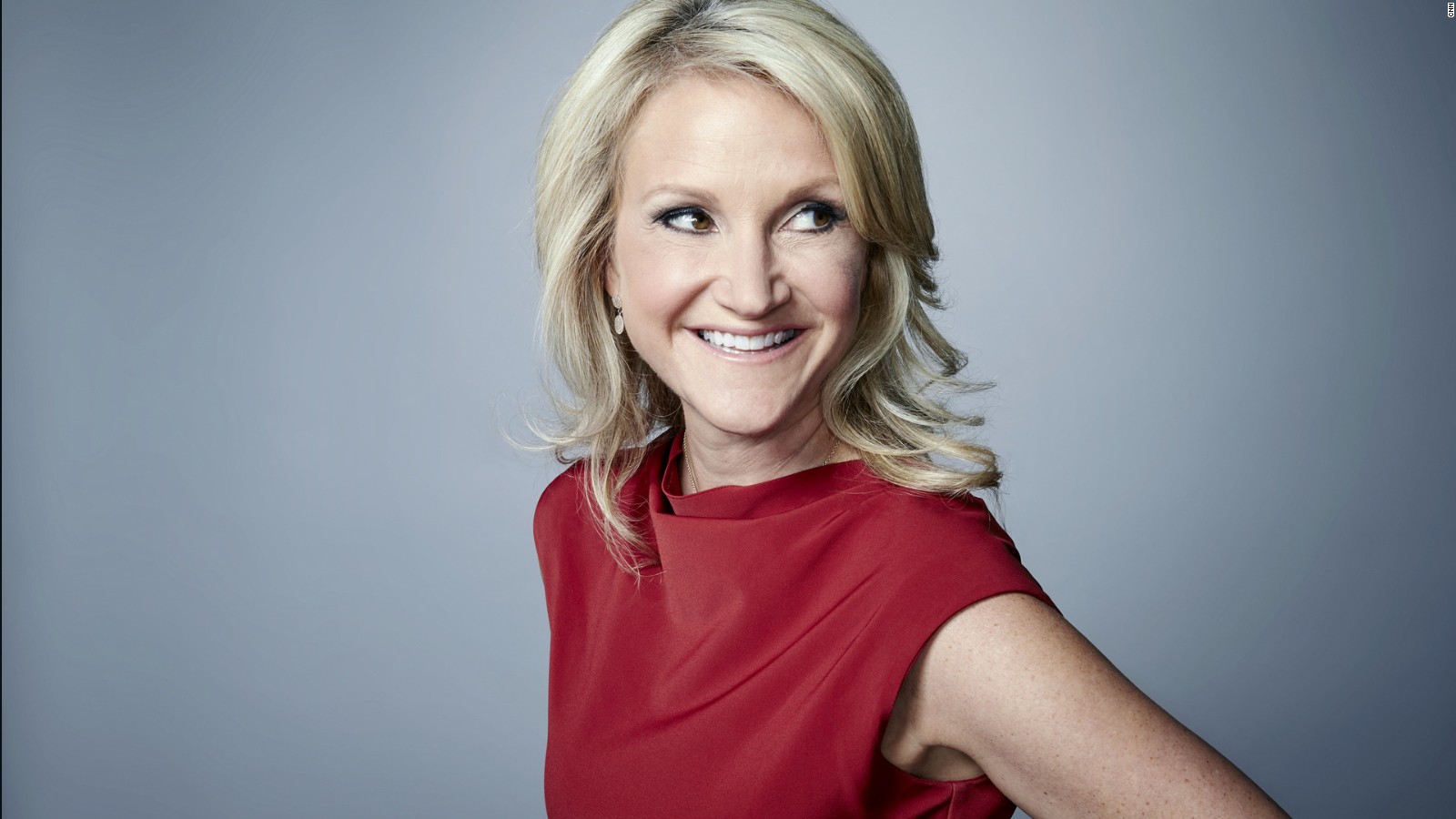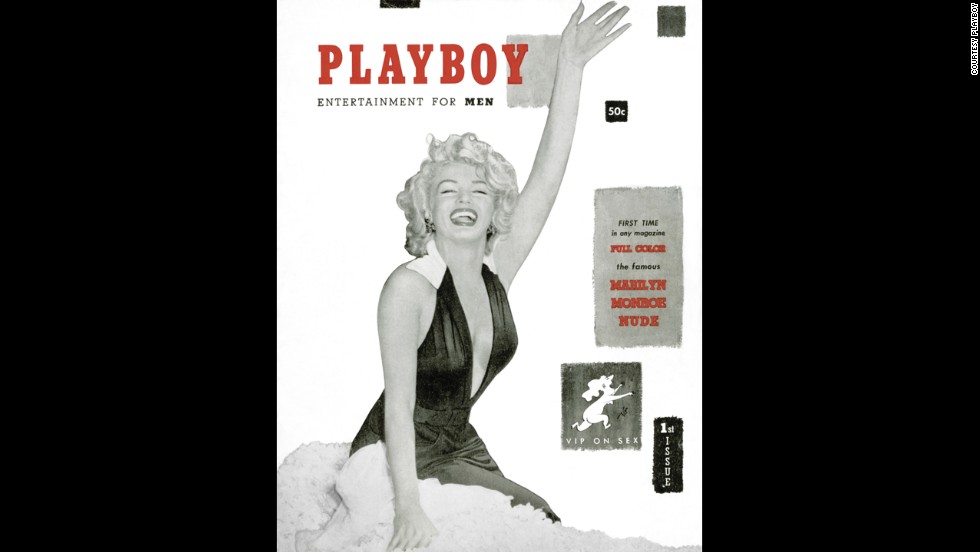It was a
cornerstone of the "Mad Men" era and ushered in the culture of sex,
drugs and rock n' roll. In its heyday, it sold 7 million copies a month.
Today's monthly circulation is only 800,000 magazines. Like you, I have
memories of hiding in a closet with my best friend, a flashlight and a
Playboy magazine. But there's a new generation of content consumption
driving major changes in how old-school players approach the game.
Playboy just announced that the magazine is getting a PG-13 revamp next year and will no longer print fully nude images of women.
This
isn't a story about nudity; it's a story about disruption and
innovation. Times, tastes and technology have changed everything. Even
at 89, Hugh Hefner understands a simple fact: In today's rapidly
evolving world you innovate or you become irrelevant. It's the biggest
challenge facing businesses around the world.
It
may seem ironic to think that the very nudity that Playboy pioneered
has been "overtaken" by the Internet where you are "one click away from
every sex act imaginable for free."
However, that's always how it happens. The thing that made you famous won't keep you relevant in a progressive world.
Kodak
invented the digital camera in 1975, but it was so focused on its film
and printing domination, it missed every opportunity in digital. The
company filed for bankruptcy in 2012. Blockbuster
created a desire to rent and stay in to enjoy movies from the comfort of
our homes, and passed on the opportunity to buy Netflix, not once, but
three times. It went bankrupt in 2013.
Every
single disruptive business that's emerged in the last five years --
Uber, Airbnb, Twitch.tv --exploits a major business weakness -- the
failure of the old guard to innovate in response to changing consumer
and customer behavior. These disruptors aren't killing businesses; it's
the stodgy, rigid and stubborn companies that are killing themselves.
Once
you understand the disruption that's taken place in the media and
publishing world and the power of social networks as a publishing
platform, you'll understand that Playboy simply had no choice. Nudity
was sinking its Web and magazine business.
Robin
Zucker is the senior vice president of digital marketing at Playboy.
She understands the fact that Playboy is a publisher and if you want
people to read your content, you better make it Web and work friendly.
Under her guidance, Playboy relaunched its website with a "safe for
work" strategy in 2014. Everything was PG-13, and there was no nudity at
Playboy.com anymore.
It worked. After relaunch, Playboy said it saw a 258% jump in unique visitors.
The average age of its readers went from 47 to just over 30, company
executives said, and its Web traffic increased from 4 million to 16 million unique users per month, according to The New York Times.
There
is a reason for that. The No. 1 source of traffic to most websites are
social networks: Facebook, Twitter, Instagram and LinkedIn. Facebook is
the largest source of news and drives more traffic to media sites than
Google. And here's the rub for Playboy -- none of those social networks allow nudity.
In
1997, my husband and I bought an old farmhouse outside Boston. One
night after work we were up in the attic pulling down Sheetrock to
renovate the space. Behind the wall we found an absolutely pristine
collection of Playboy centerfolds from the late 1960s. We sat on the
floor of the attic in the middle of the demo with a shop light and a six
pack of beer and flipped through the 30 or so centerfolds.
Pre-boob
jobs and tanning beds -- these women were gorgeous and au natural --
tan lines, ponytails and argyle socks. It was a stark reminder of how
much times had changed living in the era of Photoshop, plastic surgery
and perfection. Scott Flanders, Playboy's CEO, told The New York Times that the magazine is trying to answer a key question: "If you take nudity out, what's left?"
The answer is simple -- everything.



No comments:
Post a Comment